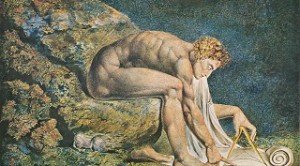
The aesthetics and philosophy
Lost a little of aesthetics and philosophy within what is called “art” but in Greek philosophy had a broader meaning the Greek term aisthetiké, literally can be “one who note that realize” so it is in the eye of the beholder, more than the look of the artist, then signifying the perception of beauty, harmony.
Greek philosophy had a broader meaning the Greek term aisthetiké, literally can be “one who note that realize” so it is in the eye of the beholder, more than the look of the artist, then signifying the perception of beauty, harmony.
For german´s philosopher A.G. Baumgarten, to describe what in his time was called “criticism of taste”, in a way so it may mean our perception of culture.
Over time, the philosophy has always wondered about the essence of the beautiful, a central theme of aesthetic study for Plato meant good, and the origin of all aesthetic idealist this notion remains, but in the case of Aristotle, she It means two most realistic principles: imitation theory (reminiscent of modern virtuality) and catharsis.
The neo-Platonic theory of Plotinus that strongly influenced A.C.C. Shaftesbury (English school of moral feeling) and that influence some conceptions of romantic idealism, you see only the beautiful as manifestation of the spirit and see this in Hegel.
To correctly read Hegel, we need to regain French classicism (Descartes and Boileau-Despréaux), which will appear the concepts of “clarity” and “distinction” as beauty criteria, where it is clear the influence of reason.
The idea of beautiful and sublime, will corroborate what Kant determines how character “a priori” of aesthetic judgment, identifying the beautiful as an “endless purpose” or as “science of all principles a priori of sensibility,” is the transcendental aesthetic.
This school will be names like Schiller, Goethe and W. von Humboldt, and influenced Hegel.
The William Blake’s painting (1957-1827) obre Newton (Figure) illustrates this period.









